
Question and Answers Forum
Question Number 77390 by Maclaurin Stickker last updated on 05/Jan/20
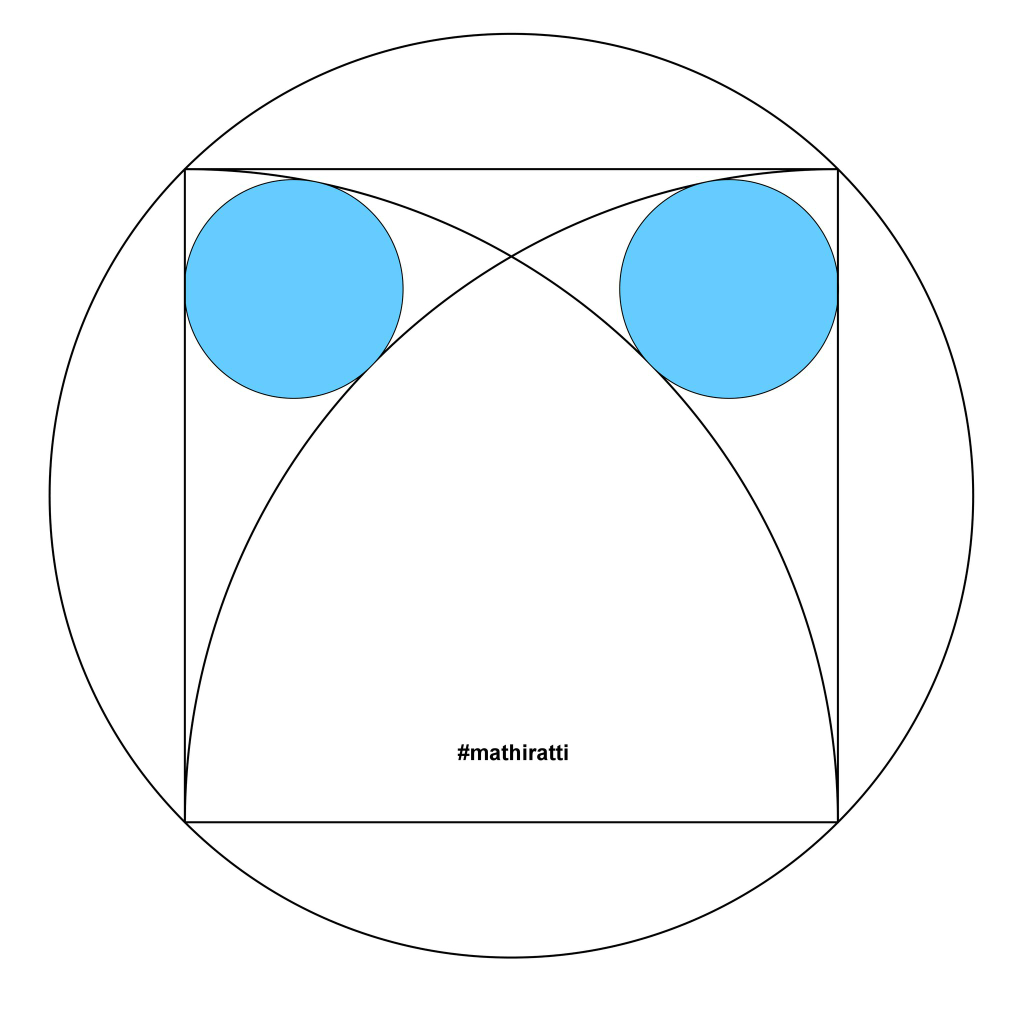
Commented by Maclaurin Stickker last updated on 05/Jan/20

Answered by jagoll last updated on 06/Jan/20

Commented by mr W last updated on 06/Jan/20

Commented by jagoll last updated on 06/Jan/20

Answered by mr W last updated on 06/Jan/20
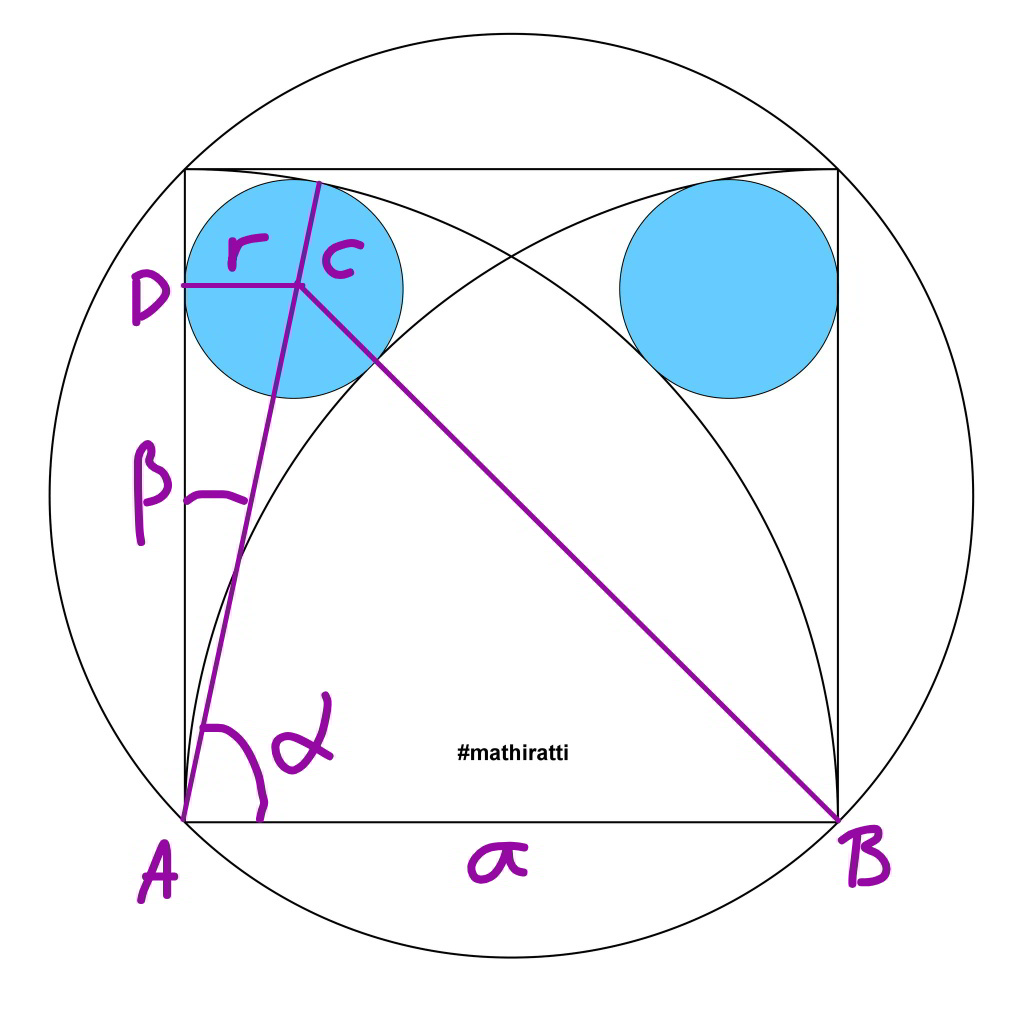
Commented by mr W last updated on 06/Jan/20
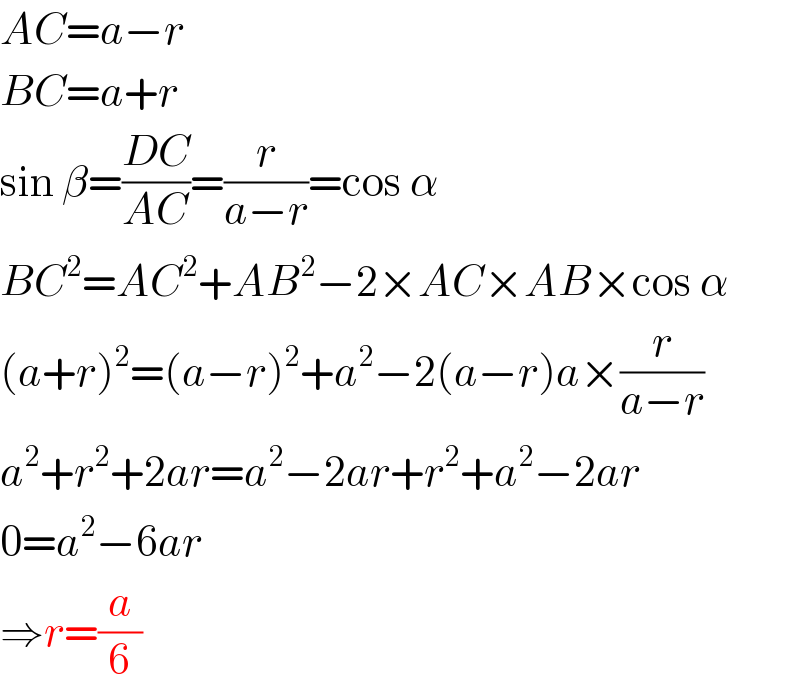
Commented by mr W last updated on 06/Jan/20
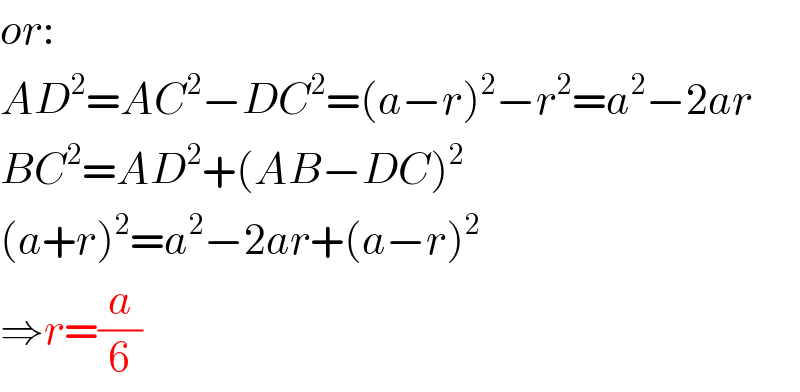
Commented by jagoll last updated on 06/Jan/20

Commented by mr W last updated on 06/Jan/20
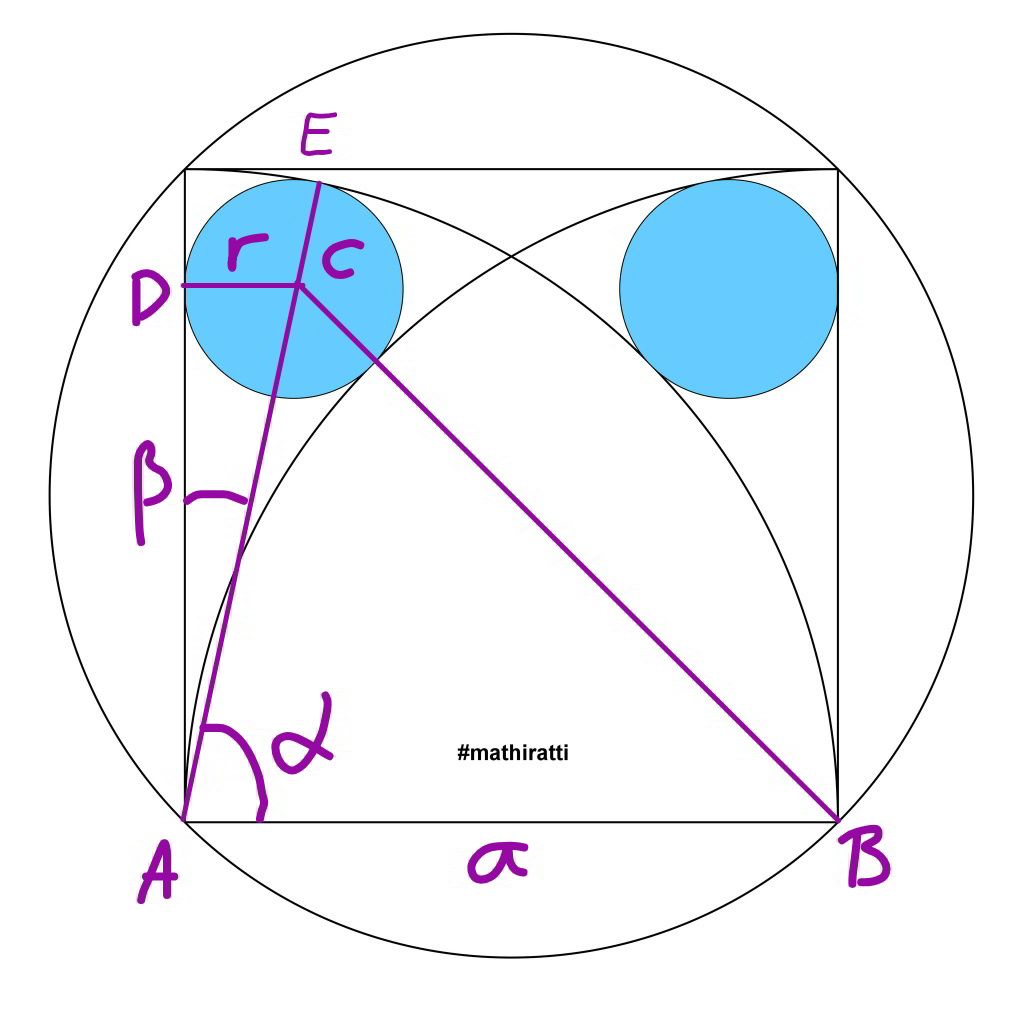
Commented by mr W last updated on 06/Jan/20

Commented by Maclaurin Stickker last updated on 06/Jan/20

Commented by mr W last updated on 06/Jan/20

Commented by Tawa11 last updated on 29/Dec/21

